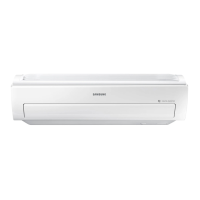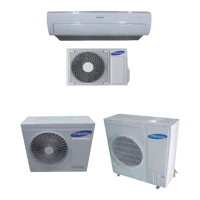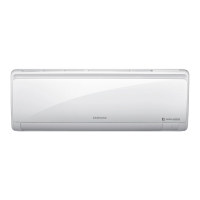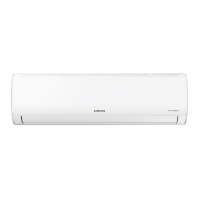Why my Samsung AR09KSFPDWQN Air Conditioner doesn't turn on?
- LleealexanderAug 18, 2025
If your Samsung Air Conditioner isn't turning on, try the following: * Check the power status and try operating the air conditioner again. * Ensure the circuit breaker is switched on and the power cord is plugged in, then try again. * Confirm that the isolator is turned on. * Check if the Timed off function is running. If so, press the Power button to operate the air conditioner again.







